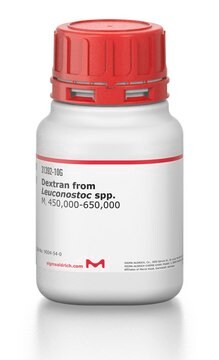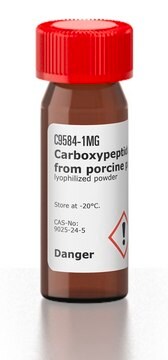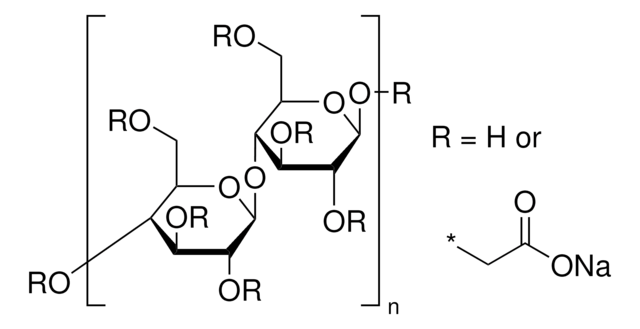C106402
N-Cyclohexyl-N′-(2-morpholinoethyl)carbodiimide methyl-p-toluenesulfonate
95%
Synonym(s):
4-[2-[(Cyclohexylcarbonimidoyl)amino]ethyl]-4-methylmorpholinium p-toluenesulfonate, N-Cyclohexyl-N′-(β-[N-methylmorpholino]ethyl)carbodiimide p-toluenesulfonate salt, CMC, CMC metho-p-toluenesulfonate, Morpho CDI
About This Item
Recommended Products
Quality Level
Assay
95%
form
crystals
mp
113-115 °C (lit.)
SMILES string
Cc1ccc(cc1)S([O-])(=O)=O.C[N+]2(CCOCC2)CCN=C=NC3CCCCC3
InChI
1S/C14H26N3O.C7H8O3S/c1-17(9-11-18-12-10-17)8-7-15-13-16-14-5-3-2-4-6-14;1-6-2-4-7(5-3-6)11(8,9)10/h14H,2-12H2,1H3;2-5H,1H3,(H,8,9,10)/q+1;/p-1
InChI key
GBCAVSYHPPARHX-UHFFFAOYSA-M
Looking for similar products? Visit Product Comparison Guide
Application
Storage Class Code
11 - Combustible Solids
WGK
WGK 3
Flash Point(F)
Not applicable
Flash Point(C)
Not applicable
Personal Protective Equipment
Choose from one of the most recent versions:
Already Own This Product?
Find documentation for the products that you have recently purchased in the Document Library.
Customers Also Viewed
Our team of scientists has experience in all areas of research including Life Science, Material Science, Chemical Synthesis, Chromatography, Analytical and many others.
Contact Technical Service









